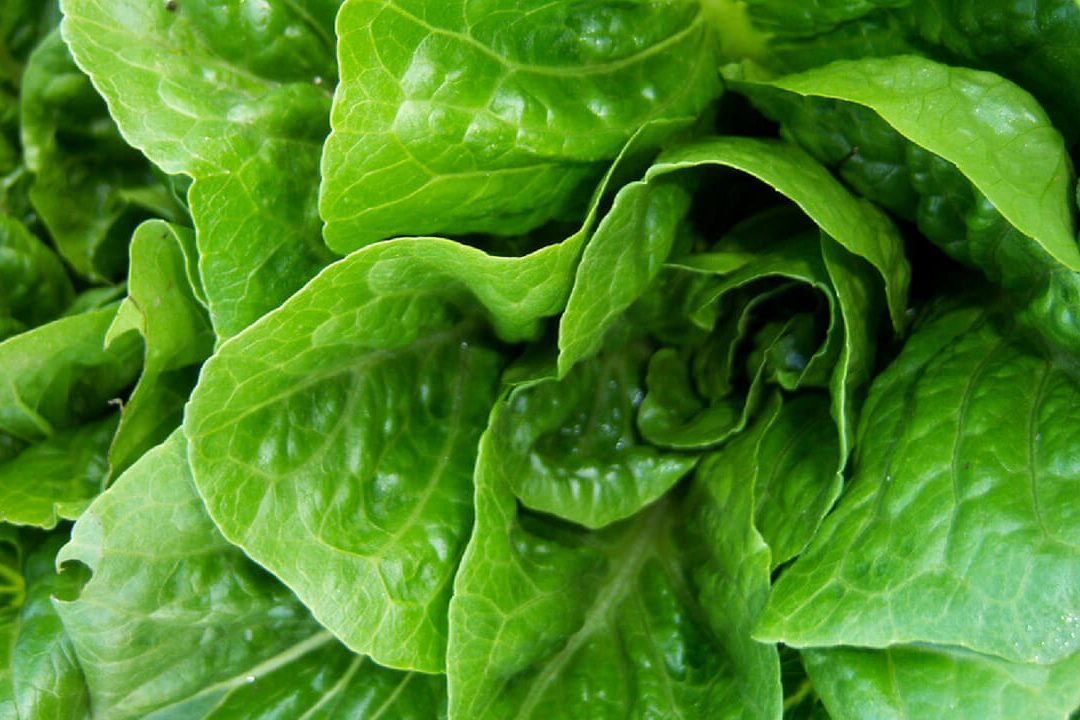Beginning in April 2018, a foodborne outbreak of Shiga toxin-producing E. coli O157:H7 caused a nationwide alert about tainted greens. Cases first appeared in Canada and ultimately spread to 32 US states. According to the last Centers for Disease Control and Prevention (CDC) update, 172 cases were reported, including 75 hospitalizations and one death. Over 20 of these cases included hemolytic uremic syndrome (HUS), a life-threatening condition caused by Shiga toxin involving destruction of blood cells and kidney failure.
These numbers might vastly underestimate the extent of the outbreak since usually only people with the most severe cases of food poisoning seek medical help. DNA fingerprints of the outbreak strains uploaded to the CDC database by state health officials confirmed that the cases came from a common source. From interviews with patients, the CDC determined that romaine lettuce was the likely source.
Why are foodborne outbreaks so difficult to trace?
In our modern world of mass production and distribution, food from one farm can end up in many products and on plates across the country. Each step of harvest, transport, processing, and packaging is an opportunity for contamination. Tracing pathogens on leafy greens presents unique problems. If sold in bags, the produce are not individually sourced or tracked. When lettuce is mixed in salads with other vegetables, consumers may not know which variety they’ve eaten.
Unlike meat, greens are typically eaten uncooked, so pathogens will not be destroyed by heat, and the short shelf life limits opportunities to test the product. Complicating the investigation is the low infectious dose of E. coli O157:H7; less that 100 cells are needed make a person ill.
To mitigate the E. coli outbreak investigators traced the lettuce from patients’ recollections backwards through the complex supply and distribution chain. Between time of harvest and set on table, lettuce is chopped, cored, stored, transported, and mixed with other salad greens.
From a cohort of infected prisoners in Alaska, the source was traced to the Yuma region of Arizona. The pathogen likely came from animal fecal matter, but how it got on the lettuce is unknown. Soil, water, or even wild animals wandering through the fields could have contaminated romaine heads with the bacteria that rapidly spread across the country.
When will Caesar salad be safe again? According to the US Food and Drug Administration, the romaine harvest season in Yuma ended on April 16th. Given its 21-day shelf life, romaine arriving in stores and restaurants today likely came from somewhere else. The foodborne outbreak is over, but the source of the pathogen was never precisely identified.
Curious about foodborne outbreaks?
Explore the challenges of modern food safety with the MiniOne Foodborne Outbreak Investigation MiniLab (Cat #M3006). Based on a real Shigella outbreak from 2000, this AP-level lab introduces students to the techniques used by public health investigators to trace a pathogenic micro-organism through our food supply. Students examine a cohort study to form a hypothesis about the source of contamination then use an electrophoresis experiment to detect the pathogen’s molecular signature in suspected food products.
By learning about the complexity of foodborne outbreak investigations and the microbial pathogens that cause illness, your students will gain a greater appreciation of the science behind the news. The excitement of discovery may even lead to a future career path. Our food comes to us through mass production, a variety of processing technologies, expansive distribution systems, and complex supply chains.
Foodborne outbreaks are frequent and an ever-present concern for customers, regulatory agencies, and the medical community. Stopping outbreaks, and monitoring the supply chain to prevent outbreaks, requires collaboration across many scientific disciplines. For students with an interest in science and a passion for making an impact on public health may find exciting career opportunities in the world of food safety.
Foodborne Outbreak Investigation MiniLab
An inquiry-based lab incorporating hypothesis testing, experimental design, and data analysis. This AP Biology level lab is designed to be equivalent to a college level lab. Learn more about the MiniOne Foodborne Outbreak Minilab
References
U.S. Department of Health & Human Services, Centers for Disease Control and Prevention. 16 May 2018. Multistate Outbreak of E. coli O157:H7 Infections Linked to Romaine Lettuce. Retrieved from: https://www.cdc.gov/ecoli/2018/o157h7-04-18/index.html.
Hoffman, Jan. “Romaine Riddle: Why the E. Coli Outbreak Eludes Food Investigators.” New York Times 7 May 2018. Retrieved from: https://www.nytimes.com/2018/05/07/health/romaine-ecoli-outbreak-fda-cdc.html.
Hoffman, Jan. “Hail Caesar Salad! Romaine Is Safe to Eat Again.” New York Times 17 May 2018. Retrieved from: https://www.nytimes.com/2018/05/17/health/romaine-ecoli-outbreak.html.



